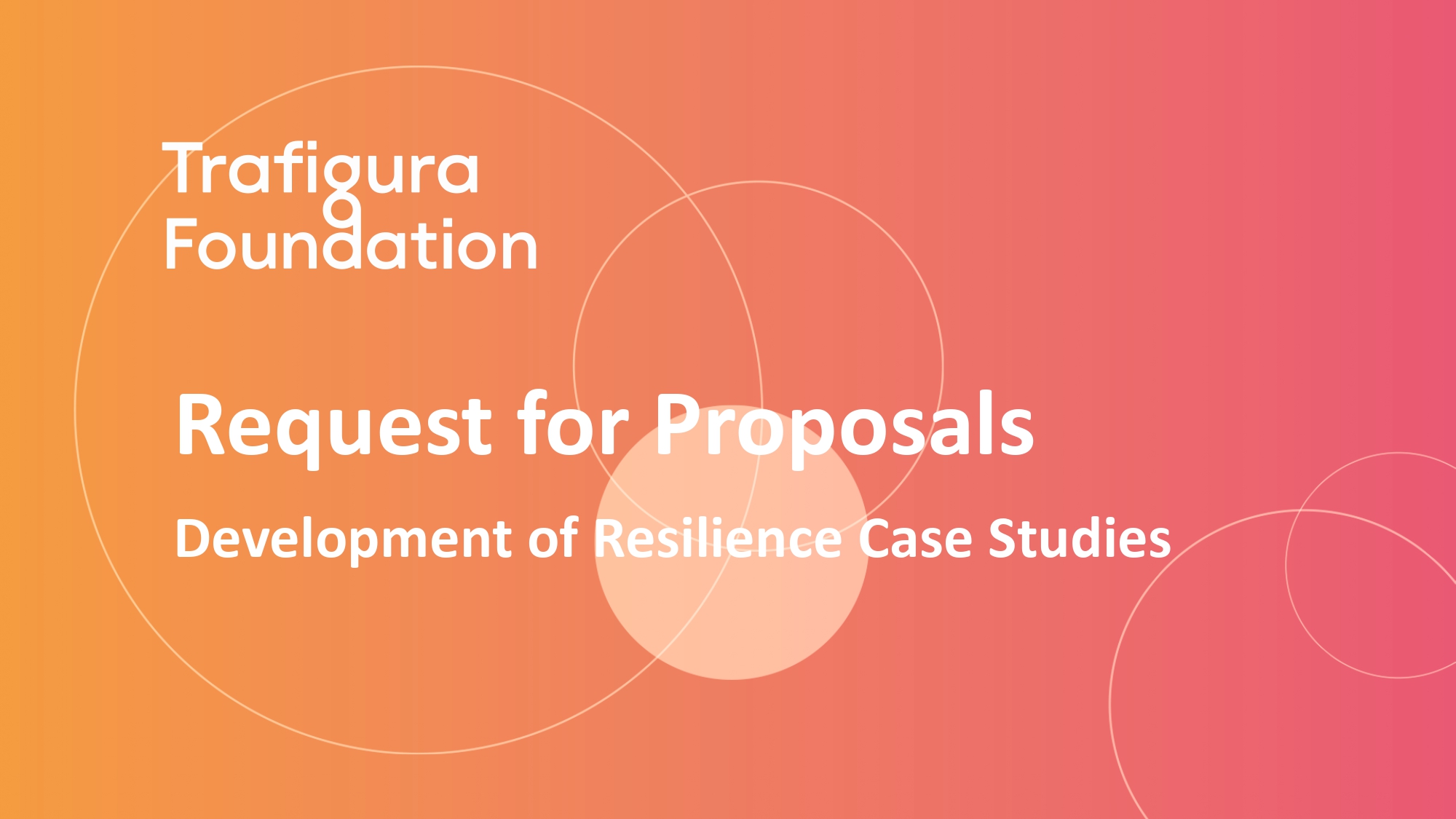In a recent article, The Atlantic highlighted a ground-breaking study published in Nature Communications, unveiling previously undetected, carbon-rich wetlands nestled within the Pacific Northwest forests. These ecosystems are carbon-storage powerhouses, stunningly effective at soaking up carbon from the atmosphere. Despite covering only 6 to 8% of the world’s land surface, they contain roughly 20 to 30% of the carbon stored in the soil — and many are unmapped.
These hidden ecosystems have eluded satellite imaging, the standard method for mapping wetlands, due to the dense forest canopy. However, incorporating them into estimates of the watershed’s carbon-storage capacity has resulted in a remarkable fivefold increase.
Conserving forested wetlands goes beyond protecting habitats; it has the potential to stabilise the climate. But the initial hurdle lies in putting these wetlands on the map.
Wetland ecosystems play a pivotal role in carbon sequestration and offer various benefits. Over 10% of species, including half of endangered ones, rely on wetlands. Additionally, wetland vegetation and soils act as natural purifiers, filtering water and providing flood protection.
Identifying these hidden forested wetlands required innovative techniques. Using the Wetland Intrinsic Potential (WIP) tool, leveraging LiDAR technology, researchers penetrated the forest canopy to pinpoint these elusive ecosystems. This involved physically venturing into remote areas armed with sampling equipment to collect soil data.
Soil samples underwent rigorous analysis in the laboratory to determine carbon content, contributing to a comprehensive model illustrating soil carbon distribution across the watershed.
Urgent Conservation Needs
The study’s findings challenge previous assumptions about wetland carbon storage in the Western United States, emphasising the urgent need to prioritise conservation. Despite their ecological significance, wetlands in the West face significant threats. Over 50% of wetlands in the Lower 48 have disappeared since European settlement, with the rate of loss doubling in the past decade.
Climate change-induced droughts and cattle grazing exacerbate this decline, jeopardising half of the region’s remaining wetlands by 2050. Recent federal decisions have cast uncertainty over wetland protection, but initiatives at federal and state levels aim to counteract these setbacks.
Scientists stress the critical importance of mapping, measuring, and conserving existing wetlands. She emphasises these efforts are indispensable for climate resilience, clean water, and flood prevention.
The revelation of these hidden carbon-rich wetlands underscores the necessity for proactive conservation measures, as wetlands play a crucial role in climate adaptation efforts. Here’s how:
– Flood Prevention: Wetlands act as natural sponges, absorbing excess water during heavy rainfall and reducing the risk of flooding in nearby areas. This function becomes increasingly vital as climate change intensifies precipitation patterns and extreme weather events.
– Storm Protection: Coastal wetlands, such as mangroves and salt marshes, serve as buffers against storm surges and coastal erosion. They help dissipate wave energy and stabilise shorelines, protecting coastal communities from the impacts of sea-level rise and extreme weather events.
– Carbon Sequestration: Wetlands store large amounts of carbon in their soils and vegetation, making them important carbon sinks. By preserving and restoring wetlands, we can contribute to tackling climate change by locking away carbon and reducing greenhouse gas emissions.
– Biodiversity Conservation: Wetlands support a rich diversity of plant and animal species, many of which are adapted to unique and changing environmental conditions. Preserving wetland habitats helps safeguard biodiversity, which is essential for ecosystem resilience in the face of climate change.
– Water Quality Improvement: Wetlands play a vital role in filtering and purifying water, removing pollutants and excess nutrients before they reach downstream water bodies. This function is critical for maintaining water quality and ensuring the availability of clean water for both human and ecological needs, especially in the context of changing precipitation patterns and increased pollution risks associated with climate change.
Crucial ecosystems worldwide
Globally, wetlands are indispensable ecosystems, with Africa, Latin America, and Asia boasting significant expanses.
Africa hosts approximately 13.5 million hectares of wetlands, including the Okavango Delta in Botswana and the Niger Delta in Nigeria. These wetlands are essential for biodiversity, supporting a plethora of unique and endangered species, including the African elephant, Nile crocodile, and various bird species. Additionally, wetlands in Africa provide critical ecosystem services such as water purification, with over 250 million people relying on wetlands for drinking water. They also play a crucial role in flood regulation, particularly in regions prone to seasonal flooding, safeguarding communities and agricultural land.
In Latin America, wetlands encompass around 29.5 million hectares, including iconic sites like the Amazon Basin and the Pantanal, the world’s largest tropical wetland. The Amazon Basin alone accounts for approximately 6.7 million square kilometres of wetlands, representing the largest and most biodiverse tropical rainforest in the world. The Pantanal, located in Brazil, Paraguay, and Bolivia, is recognized for its unparalleled
biodiversity, harbouring over 4,700 species of plants and animals. These wetlands serve as critical habitats for jaguars, giant otters, and countless bird species.
In Asia, wetlands cover approximately 46 million hectares, featuring notable sites such as the Sundarbans mangrove forest in Bangladesh and India and the Mekong Delta in Vietnam and Cambodia. The Sundarbans, the largest mangrove forest in the world, is home to the Bengal tiger and supports millions of people through fisheries and agriculture. The Mekong Delta, often referred to as the “rice bowl” of Southeast Asia, is a vital agricultural region, providing rice and other crops to millions of people. Additionally, wetlands in Asia are crucial for sustaining biodiversity, with over 1,000 bird
species and numerous aquatic species relying on these habitats.




